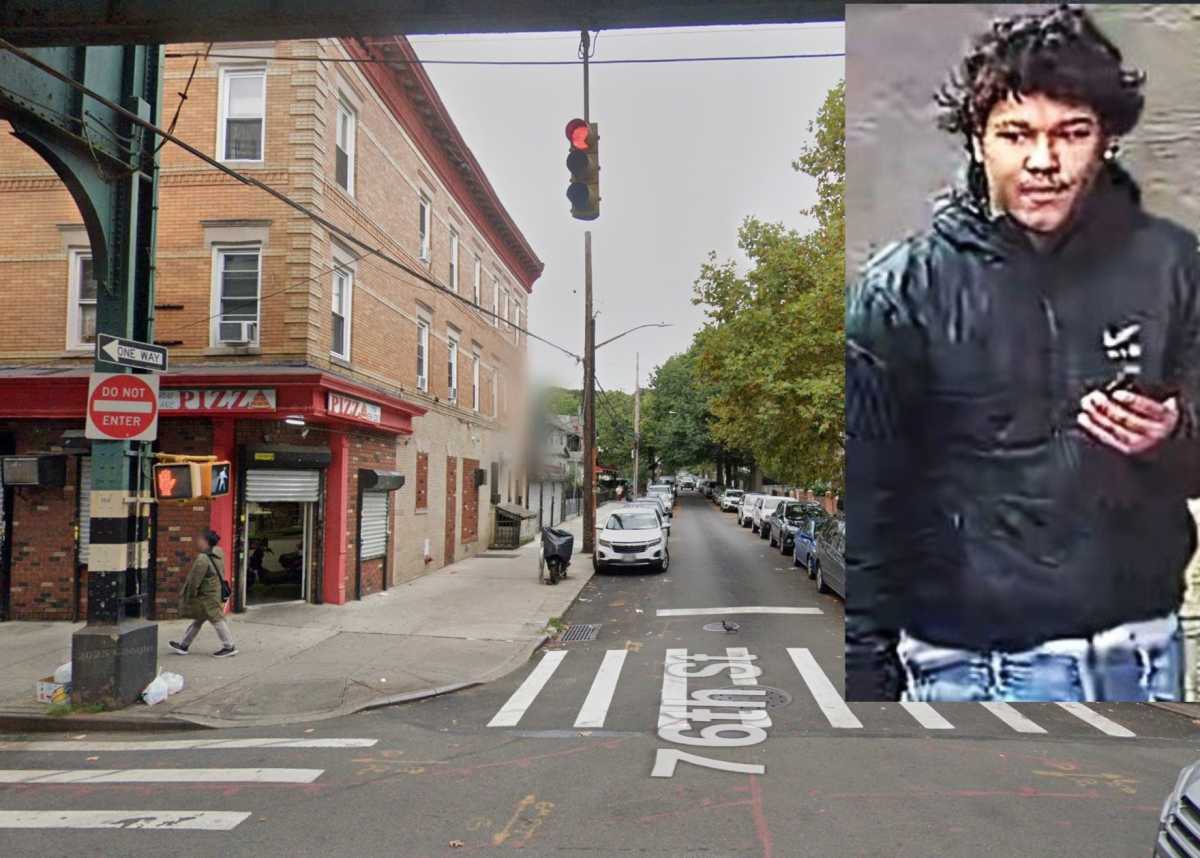If there’s a story about diversity, you know Queens has to figure in someplace.
Not long ago a World War II hero, Sergeant Alejandro Ruiz, passed away at the Soldiers’ Home in Napa, California. He received the Medal of Honor, the nation’s highest military decoration for gallantry, while serving in the Pacific with the 165th Infantry Regiment, the wartime designation of New York’s 69th Infantry – known as “The Fighting Irish” since Robert E. Lee gave them the name during the Civil War.
When the time came for the National Guard Regiment to pay its final respects, the Fighting Irish who went were Lieutenant Colonel John Andonie from upstate – and the highest-ranking enlisted man in the state, Command Sergeant Major Jorge Vasquez from Jackson Heights.
“It was a great honor,” said Vazquez. “He served in real tough times.”
Although composed almost entirely of Irish immigrants when it was first formed in 1851, (the regiment leads the city’s Saint Patrick’s Day parade every March), the 69th had more Italian and Jewish immigrants than “Irishmen” when it shipped out to fight on specks of land with names like Makin, Saipan and Okinawa.
By 1945, it also had Ruiz, the New Mexico-born son of a Mexican immigrant, who had been chased across the border by the 69th while he served with Pancho Villa’s army in 1916.
Originally, given a choice between jail and the Army over the matter of a cow, Ruiz singlehandedly charged an enemy position on Okinawa after all but one of his unit had been killed or wounded – using his jammed weapon as a club until he could retrieve another and wipe out the force that had ambushed his patrol
Ruiz received the Medal of Honor from President Harry Truman in 1946, with his comrades and family present at the White House. A photo of the medal ceremony remains on display at the 69th Infantry armory in Manhattan, as part of the unit historical collection.
“That photo is right on the wall just before soldiers get to my office,” Vasquez said. “I bring every new soldier of the battalion in to my office so they understand the history of the 69th. This unit has been part of every major conflict from the Civil War to today, and our soldiers have sacrificed in every one of those conflicts,” he added.
If Vasquez has one regret, it is that he never got to meet Ruiz.
Last November, he was too ill to attend the unit’s annual “Makin Dinner,” a gathering that reprises the meal the men ate before the 1943 invasion: sausages, pork chops, potatoes – and beer. “There were only about five World War II veterans left,” Vasquez said. “But they are an inspiration to the rest of us.”
Today, the 69th continues its tradition as a home for young immigrant Americans who want to serve in uniform, changing over the years to Hispanic, Eastern European, Asian, Caribbean and a variety of immigrant cultures.
“Troops can see that image of Ruiz getting his Medal of Honor from President Truman,” said Vasquez, who will be moving on to another assignment before the next “Makin Dinner.”
“Here was a man who accomplished legendary things with the unit,” Andonie said. “He’ll be remembered forever as part of the regiment, permanently on display for our soldiers, families and others.”
































